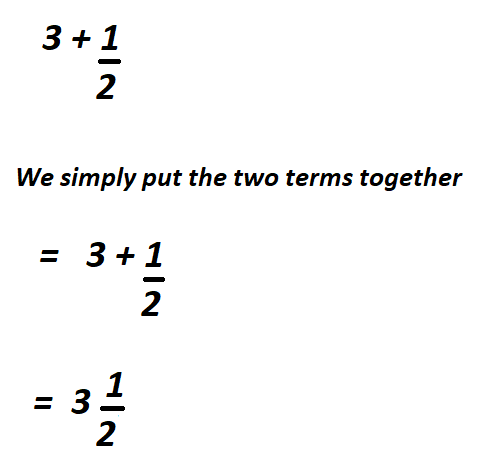

Mixed fractions – A mixed fraction is presented as a whole number followed by a fractional number, such as 2⅔, 6⅘ or 25⅝.

The overall value of an improper fraction is always more than one. 6/3, 25/18 and 50/20 are all examples of improper fractions. Improper fraction – In an improper fraction, the value of the numerator is greater than that of the denominator. The overall value of a proper fraction is always less than one. 1/2, 10/15, and 85/100 are all examples of proper fractions. Proper fraction – A proper fraction is a fraction in which the numerator is of lesser value than the denominator. First, let’s look at the three different types of fractions: Fraction Definitions and Examples
#Adding fractions calculator how to#
To understand how to work out fractions, it’s important to get to grips with the fundamentals. However, there are different types of fractions and different methods for performing each type of fractional equation. This in itself is fairly simple to understand.

Two slices are the equivalent of two-sixths (2/6) and so on. If we take one slice of the pie, we have one-sixth (1/6). Since we have six equal parts of one whole, our denominator here is 6. The pie itself is the whole and the individual slices are the parts of the whole. The simplest way to define a fraction is to imagine a pie that is equally divided into six pieces. The top number of a fraction is called the numerator and refers to how many parts of the whole we are dealing with. When we talk about the denominator, we use ordinal numbers – that is, numbers that define a position, like ‘third’ or ‘fourth’. The bottom number is known as the denominator and refers to the separate parts of the whole. Fractions are made up of two numbers, one above and one below a dividing line.


 0 kommentar(er)
0 kommentar(er)
